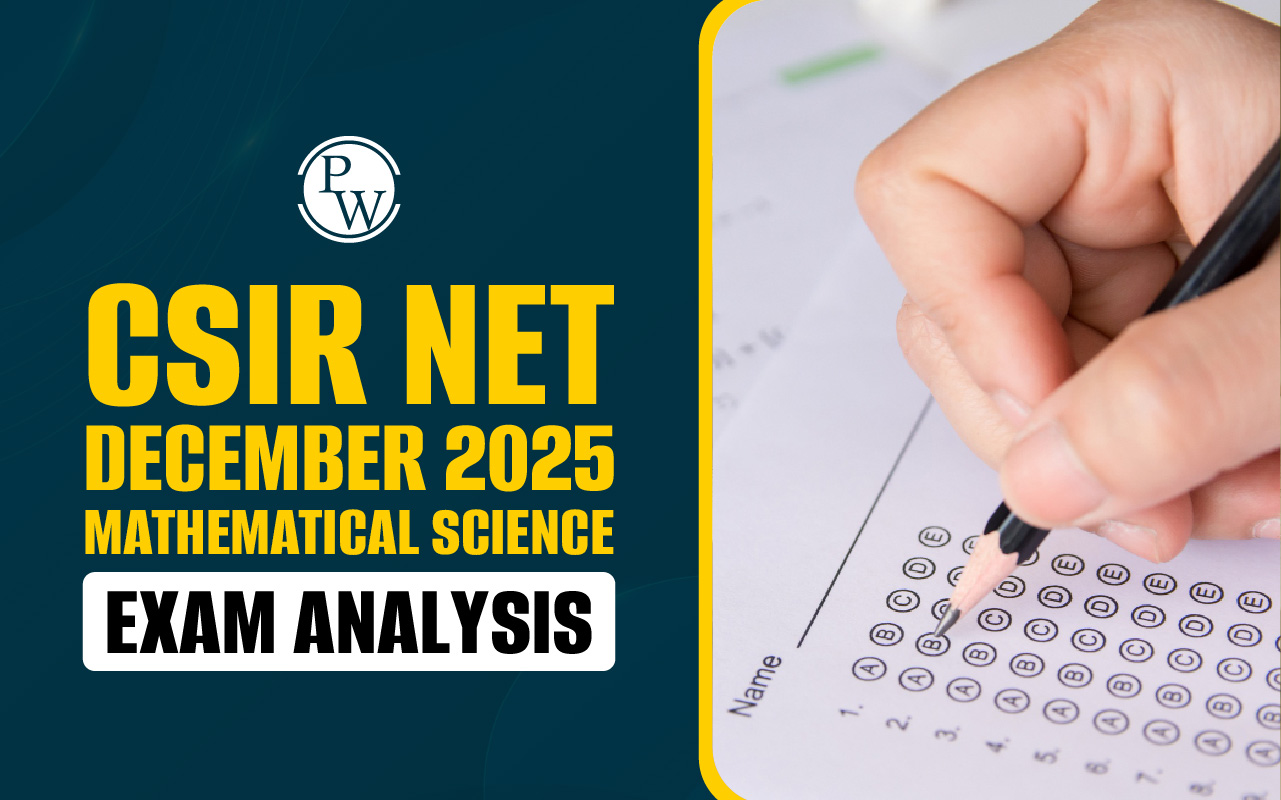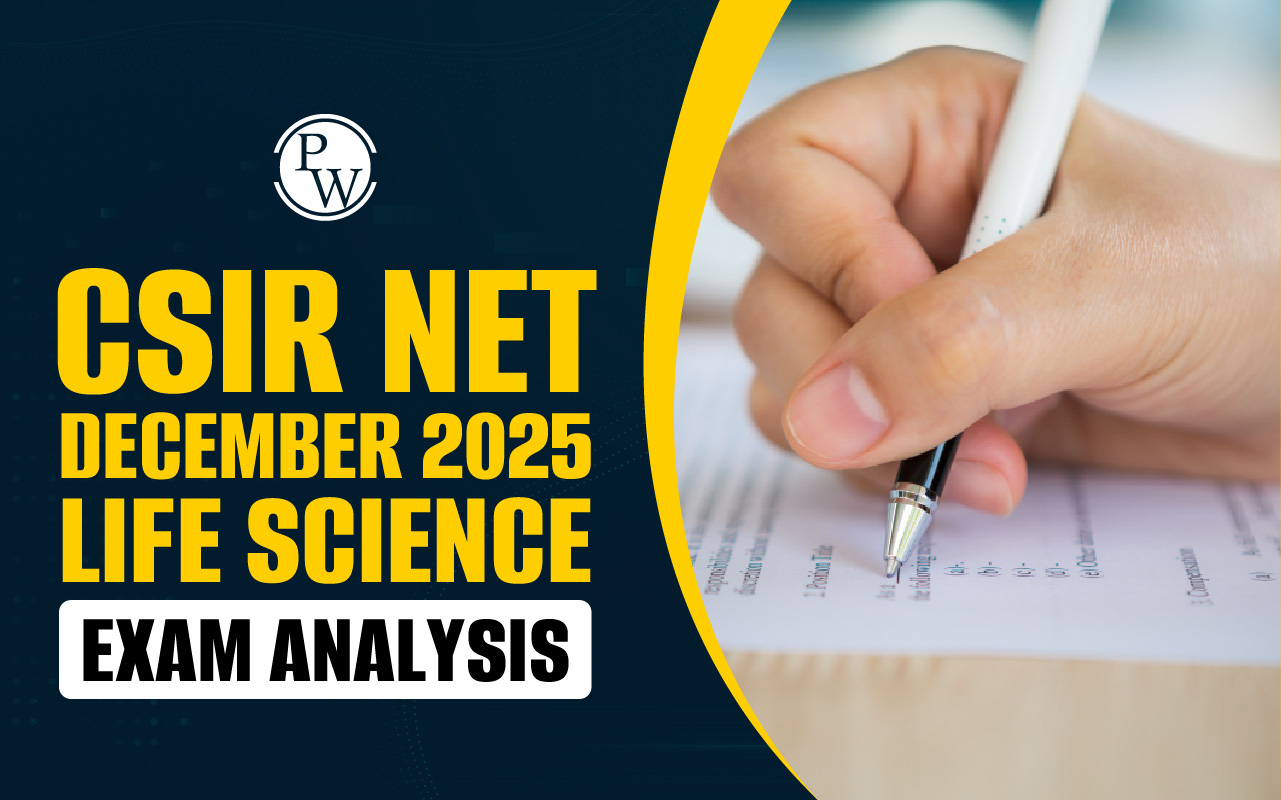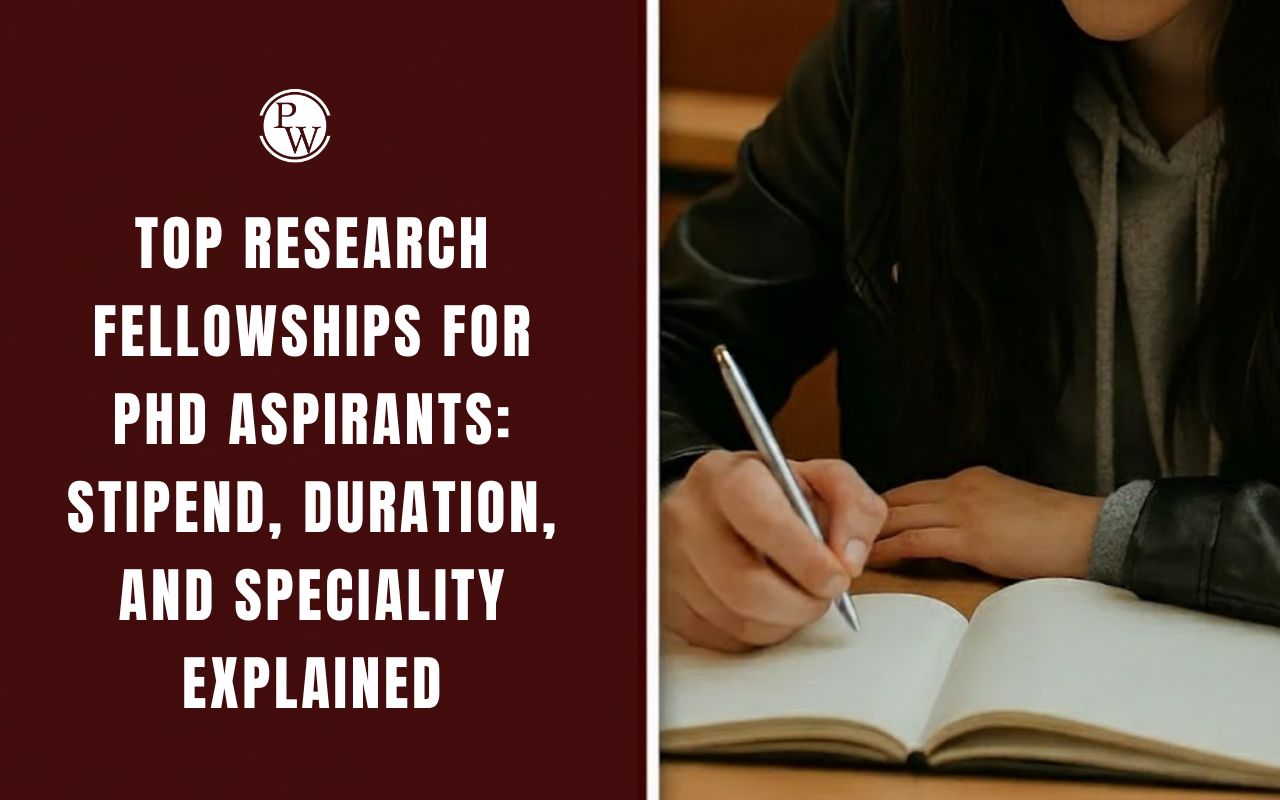
Hamilton’s Rule: The idea of altruism, in which people act selflessly for the benefit of others at their own expense, has long been a source of fascination in the field of evolutionary biology. In a world where natural selection rules, how is it possible for such seemingly selfless deeds to endure and develop? The compelling explanation for this phenomenon offered by Hamilton's Rule clarifies the circumstances in which altruistic behaviors can flourish in a population. The key concept of Hamilton's rule is inclusive fitness, which considers both an individual's direct reproductive success (their own progeny) and the reproductive success of relatives who share a percentage of their DNA.
How to Apply Hamilton's Rule
The mathematical formula Hamilton's Rule describes the conditions under which altruistic behavior is likely to be favored by natural selection. It was first proposed in 1964 by British evolutionary biologist W.D. Hamilton. According to this theory, an act of altruism is more likely to develop and endure if the benefit to the recipient prevails over the cost to the actor, multiplied by how closely related the actor and the recipient are to one another. Hamilton's rule is mathematically expressed as:
rB > C
Analyzing the Components
"r" stands for the coefficient of relatedness, which denotes the percentage of genes that the individuals involved share. Altruism is more likely to be preferred as kinship grows. The letter "b" stands for the benefit received by the recipient, and the letter "c" stands for the actor's expenses incurred in carrying out the altruistic act.
Explanation and Examples
According to Hamilton's Rule, individuals who help their close relatives are more likely to exhibit altruistic behavior since they have an abundance of genetic relatedness. The survival and reproduction of one's shared genes are indirectly aided by helping relatives, which improves one's overall fitness.
Eusocial Insects: In eusocial insect societies, such as those of honeybees ( Apis mellifera ) or ants, some individuals may forego reproduction in favor of aiding the queen and her progeny in having children. The genetic relatedness of individuals in a hive or colony is high; up to 75% of their genes are frequently shared. Hamilton's rule can explain this altruistic behavior because of how closely related the workers are to the queen and her children—their coefficient of relatedness (r) is very high. The advantages of preventing their own reproduction (B) outweigh the costs of doing so (C) for their near relatives.
Prairie dogs ( Cynomys spp .) are sociable rodents that dwell in big colonies and make alarm calls. One individual may make a high-pitched alarm call to alert the others when a predator approaches. This behavior makes the predator pay attention to the caller and puts them in danger. The chances of the other colony members surviving are improved by this altruistic behavior. Given that the caller and their relatives share a large number of genes, Hamilton's rule can be used to determine whether the potential cost to the caller (C) is outweighed by the benefit to their near kin (B) in terms of increased survival and reproductive success.
Conclusion
The evolution of altruistic traits in various species can be better understood using the framework provided by Hamilton's Rule. This rule demonstrates that actions of apparent selflessness can in fact be grounded in the pursuit of genetic fitness by taking into account the interaction between relatedness, benefits, and costs. Hamilton's Rule keeps shedding light on the processes underlying the diversity and persistence of altruism in the natural world as we delve deeper into the intricate workings of evolutionary biology, revealing the fascinating complexities of altruistic behavior.
Hamilton's Rule FAQs










